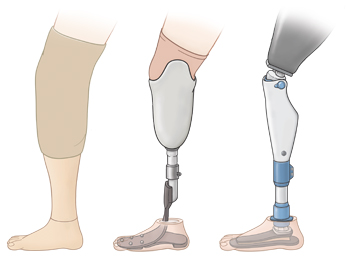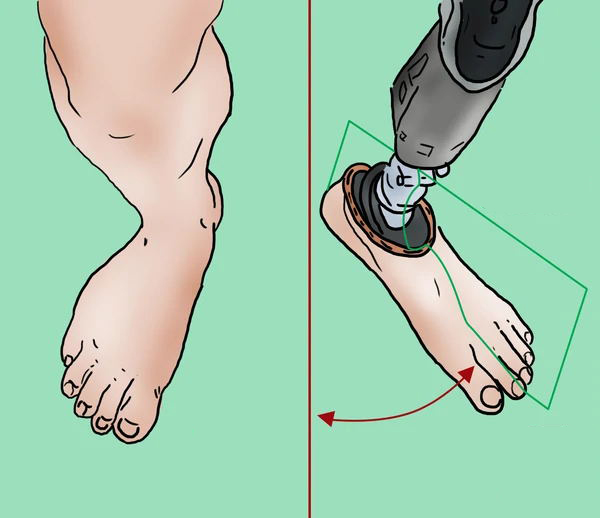News Center |

Prosthesis is a functional compensation device for disabled persons with limb loss. The components used to assemble prosthetic limbs come in a variety of configurations and varieties. In order to provide a universally recognized and unified approach to the classification and description of prosthetic components worldwide, the international standards Organization ISO/TC168 Technical Committee on Prosthetics and Orthotics developed the ISO 13405 International standard for Prosthetics and Orthotics -- Classification and Description of Prosthetic Components in 1996. The standard is divided into the following three parts:
ISO 13405-1:1996 Classification of prosthetic components
ISO 13405-2:1996 Description of prosthetic components for lower limbs
ISO 13405-3:1996 Description of prosthetic components of the upper limb
In China, the number of disabled persons with limb loss is large, and there are many varieties of prostheses and their components. In order to make the classification and description of prostheses and their components consistent in the design, manufacturing, sales, maintenance and inspection, and so on, and in order to be consistent with the international unification, we have adopted the ISO 13405 international standard.

An artificial limb is a composite structure consisting of the following categories of components:
① Joint parts
② Functional components
③ Alignment components
④ Structural components
⑤ Decorative parts
Some parts may belong to more than one category, e.g., pair - in - line parts may also be used as jointing parts. When a component performance or feature is described as adjustable, it indicates the possibility of adjustment by the manufacturer, prosthesis maker or user prior to use. When a part or feature is described as replaceable, it indicates that it can be replaced while in use.

Joint parts
Prosthesis is a device in which the joint is in direct contact with the wearer to obtain support, stability, and suspension.
Joint parts include:
1) Receiver cavity;
2) Suspension parts that keep the prosthesis engaged with the body. The jointing member may contain a member acting as a driving and controlling functional member.
A functional unit
Prosthesis functional parts are used to compensate the motor and sensory functions of normal limb parts.
Features include:
Ankle foot device;
Hand device;
The joints.

Alignment components:
Prosthetic pair is a device that can adjust the relative position of prosthetic parts.
Structural components (prosthesis structures)
The prosthesis structural components connect the joints, functions, and alignment components and hold the prosthesis as a whole.
Prosthetic limb structure types include:
Skeletal structures in which structural components are usually covered by decorative components;
Shell structure, in which the structural components are placed on the external surface and form the shape of the prosthesis.
Decorate (finish) the parts
Prosthesis decorative components that mimic the look and feel of a normal human body. Include:
The prosthesis skin and sock cover constitute the outermost layer of the prosthesis and mimic the color and texture of human skin to some extent.
Copyright © 2015 USA-YOBAND. All Rights Reserved 沪ICP备09003269号